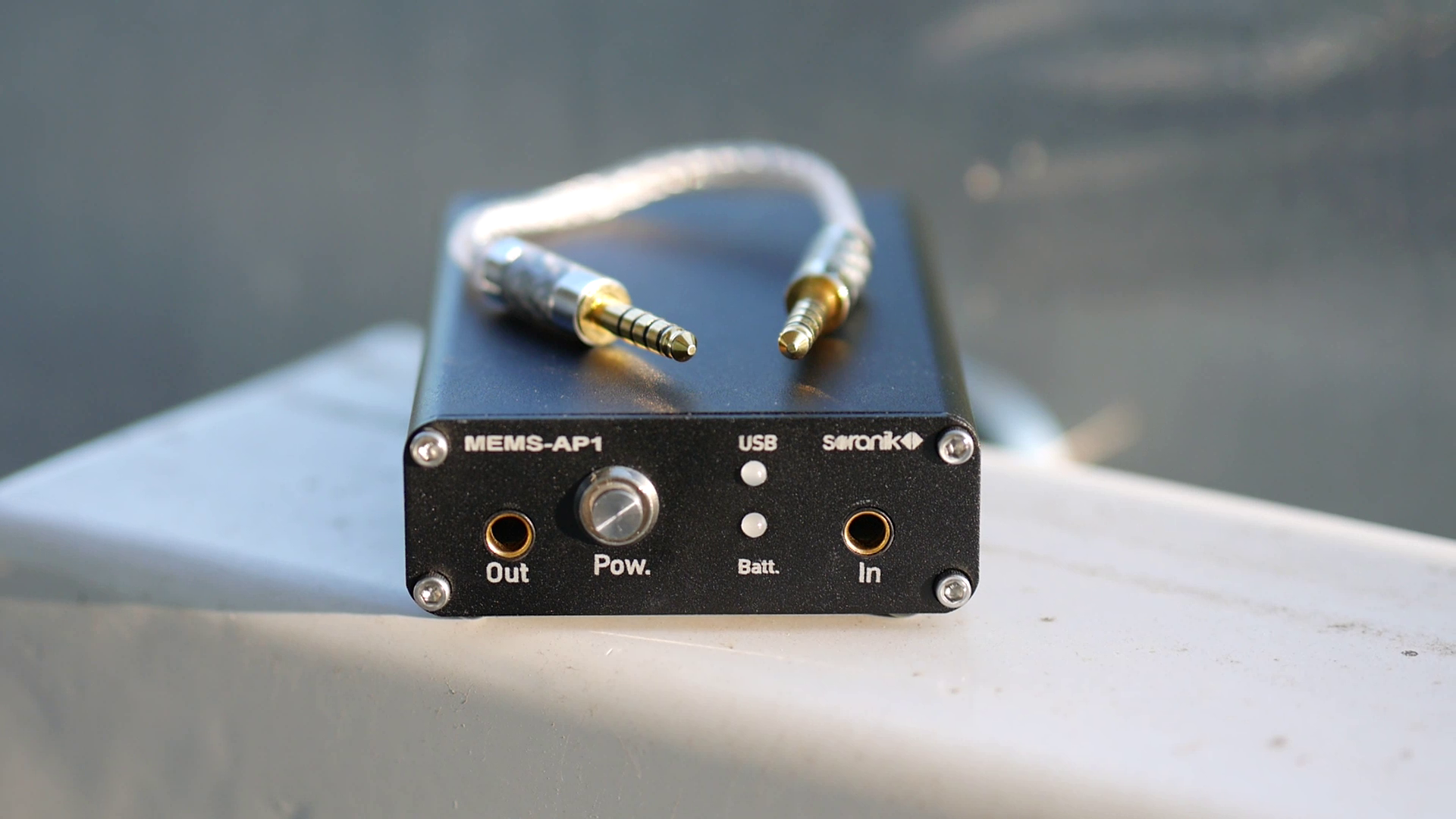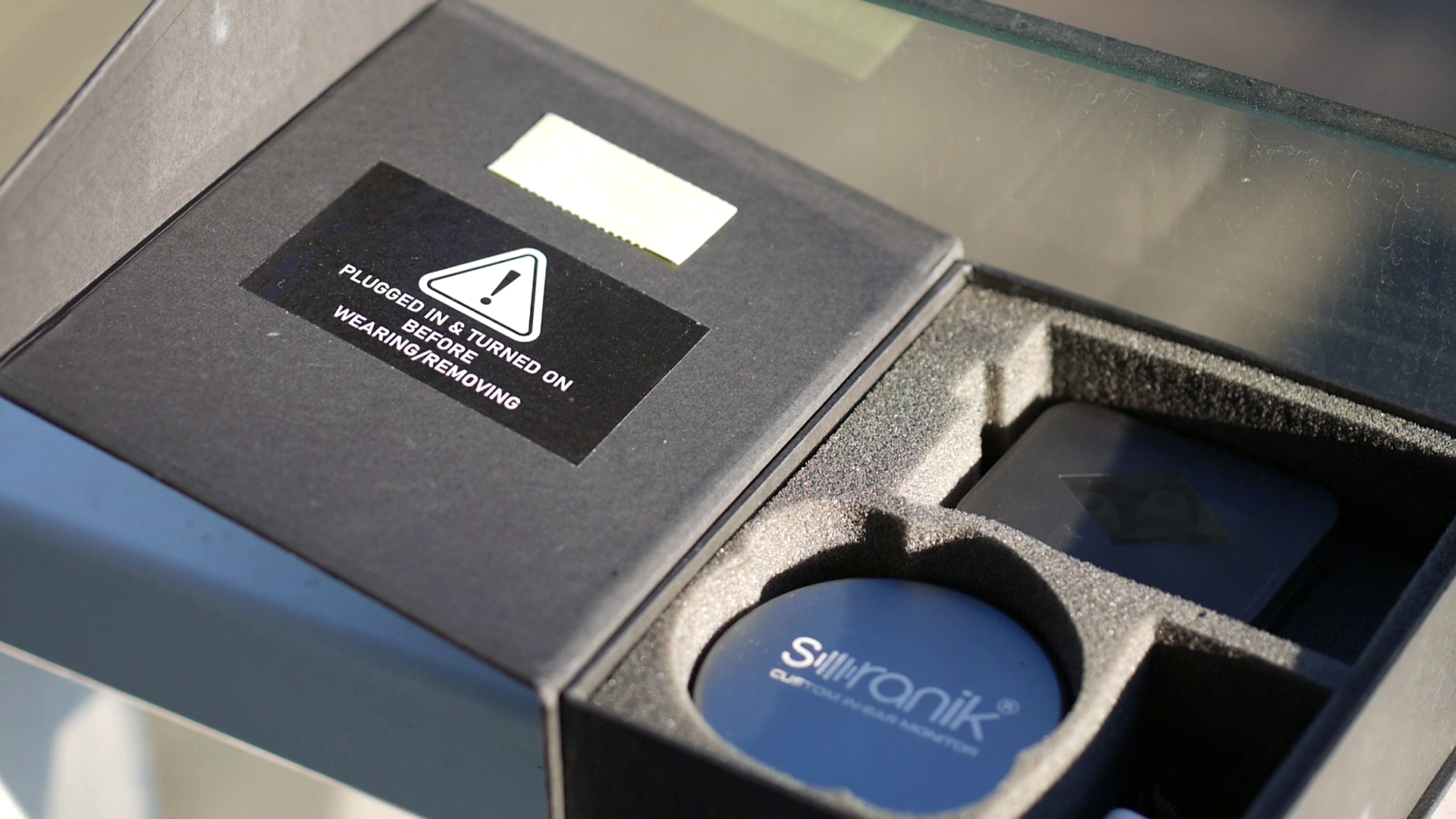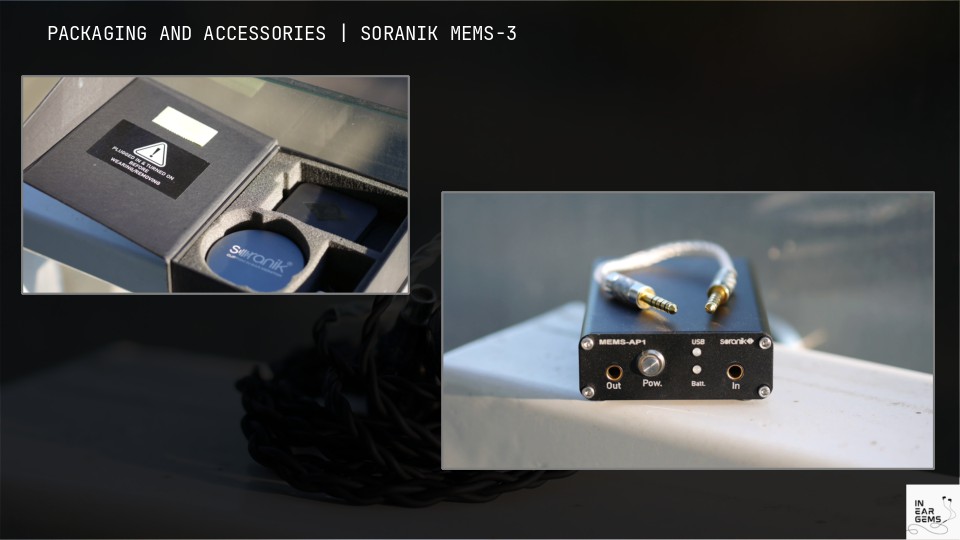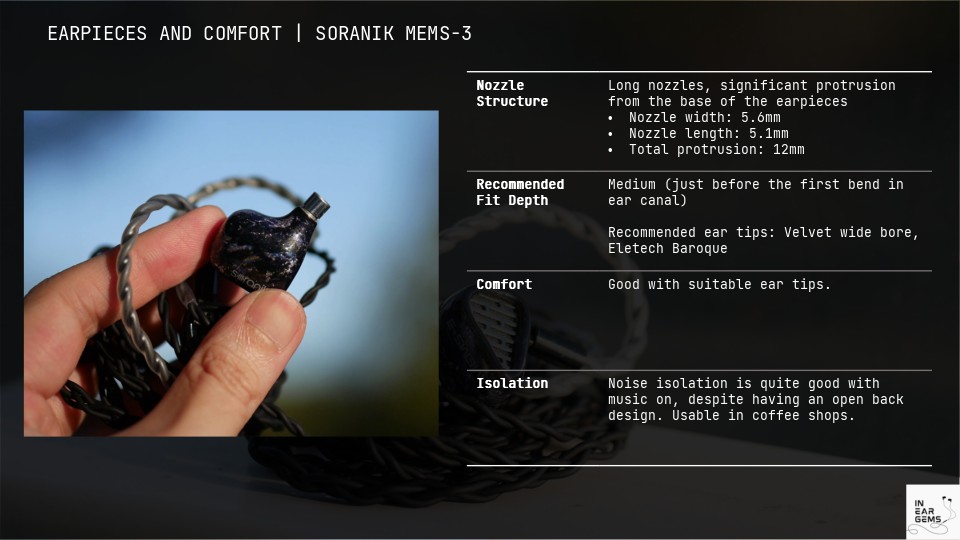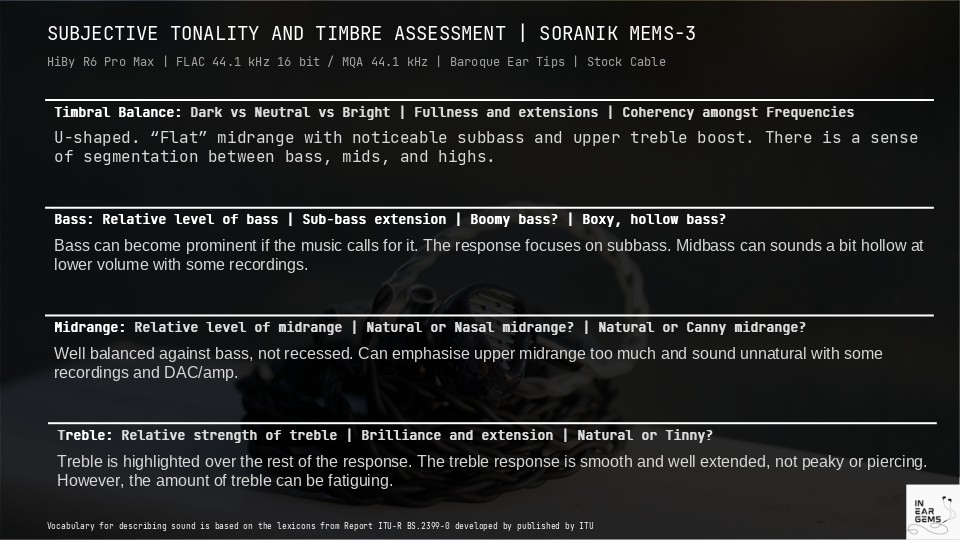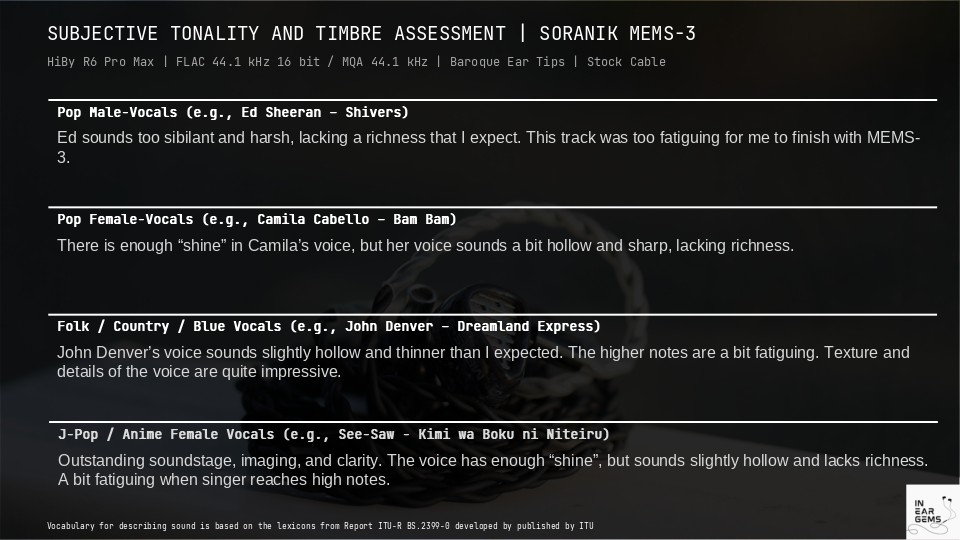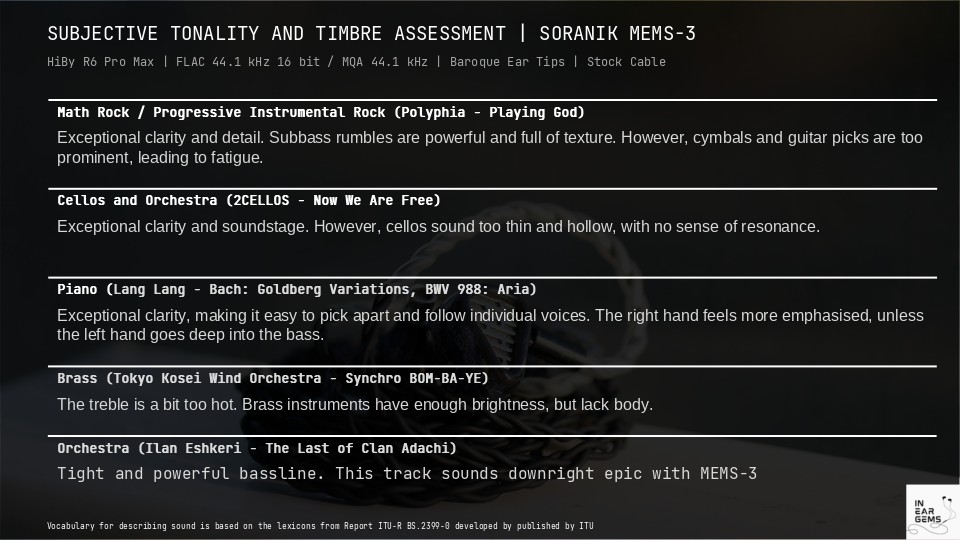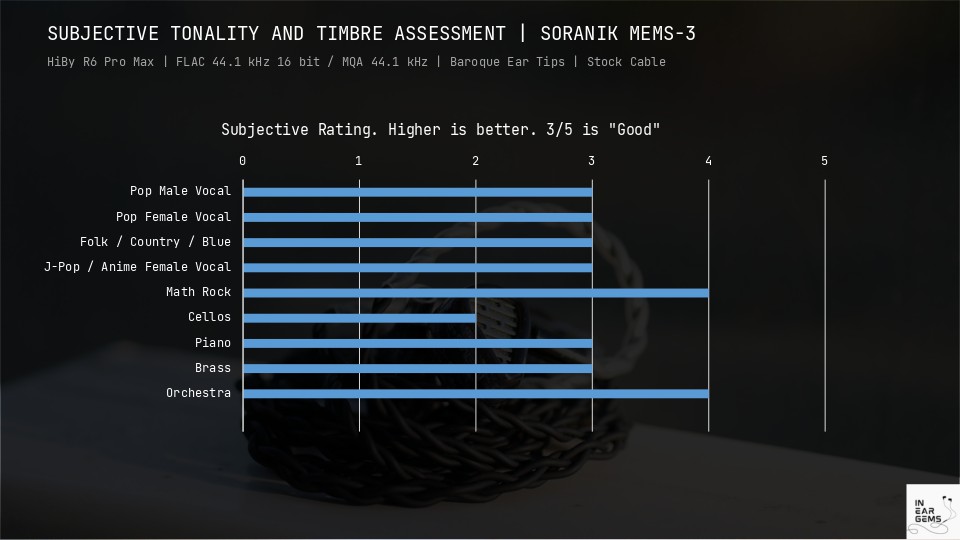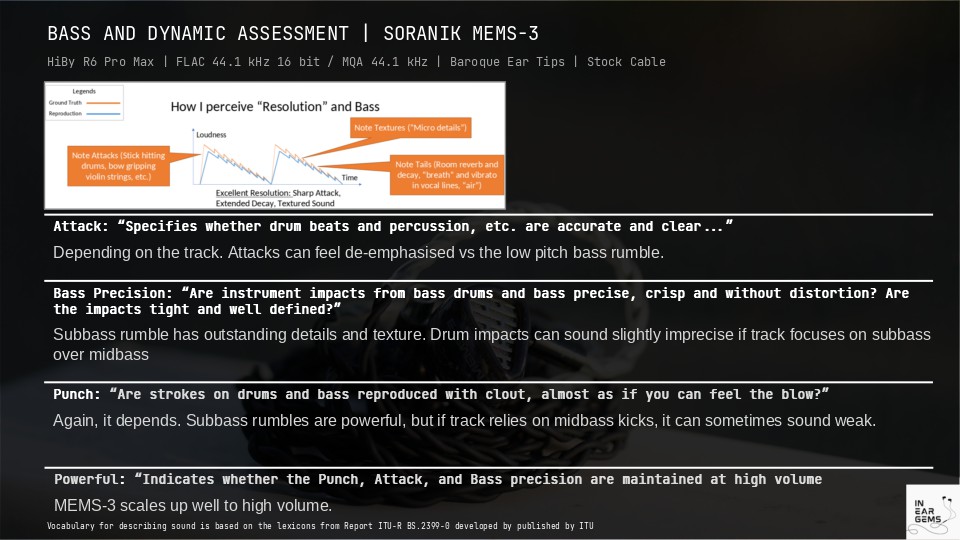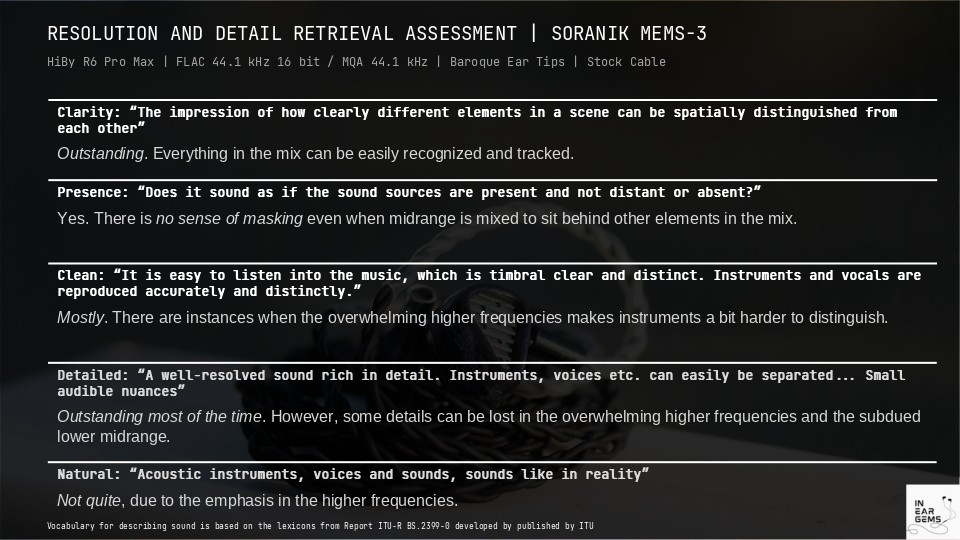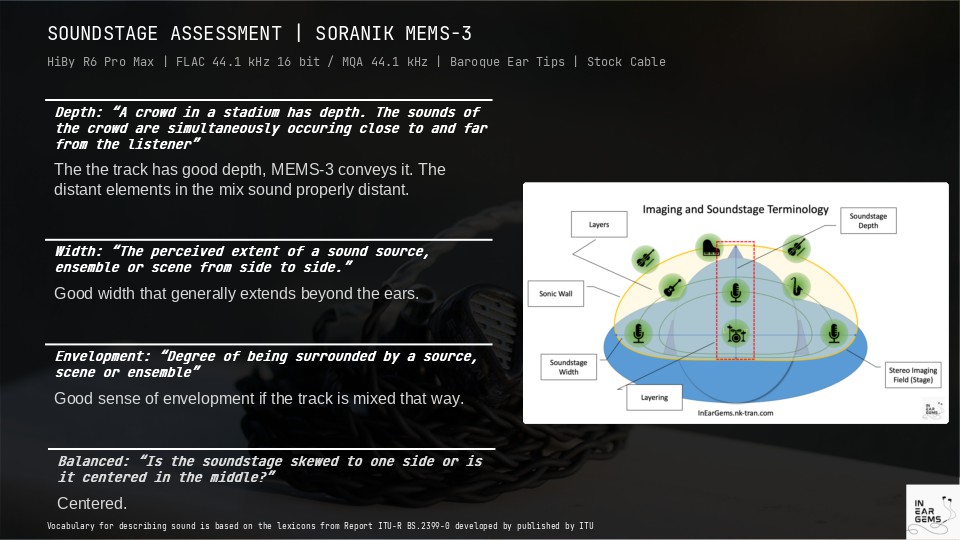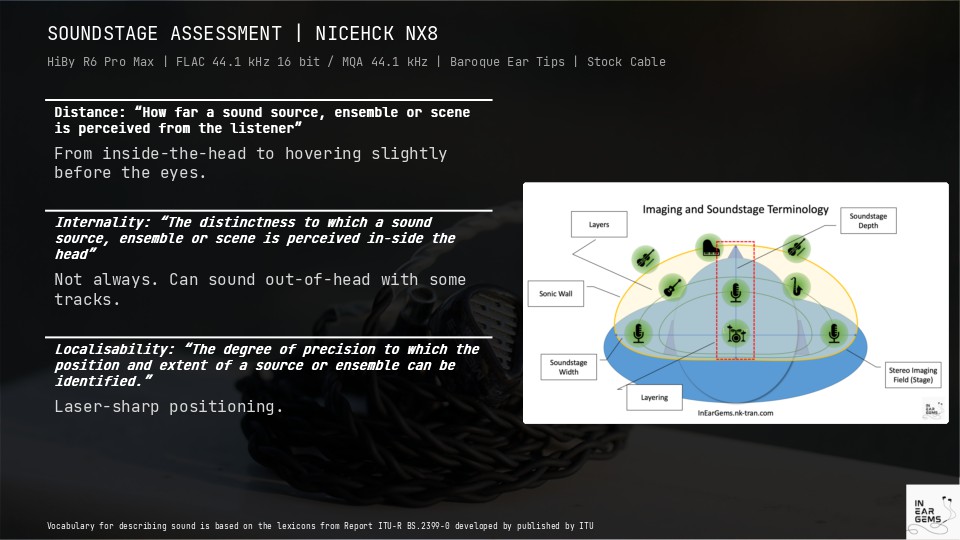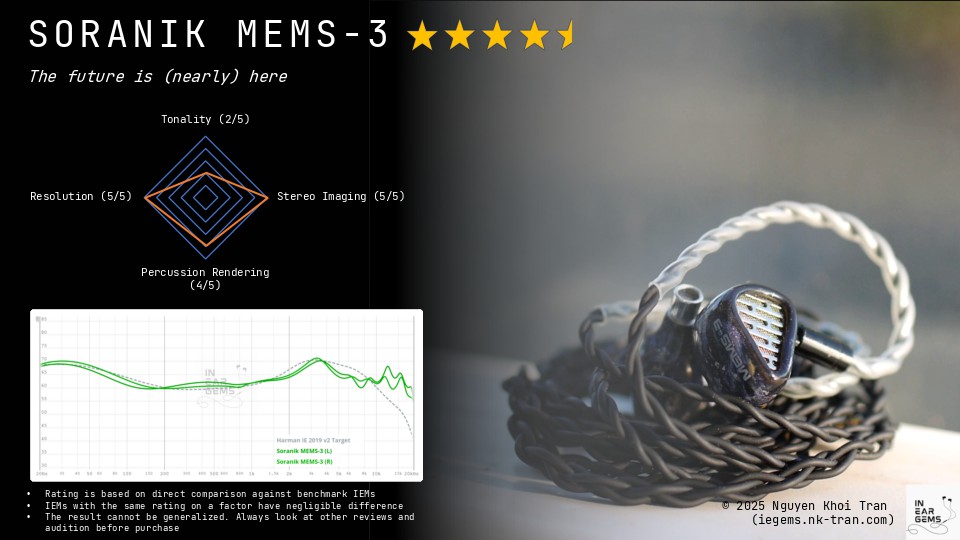General Information

MEMS-3
Soranik MEMS models are the only ones in the world that have MEMS speakers running full range, and with the MEMS-3 Soranik looks forward to expanding the popularity of MEMS speakers further.
Possessing the unique configuration of 2 Dynamic Drivers with 1 running full range together with the fully open-back Hybrid MEMS in-ear speakers technology developed exclusively by Soranik, MEMS-3’s sound signature is truly different from other conventional driver based IEMs on the market.
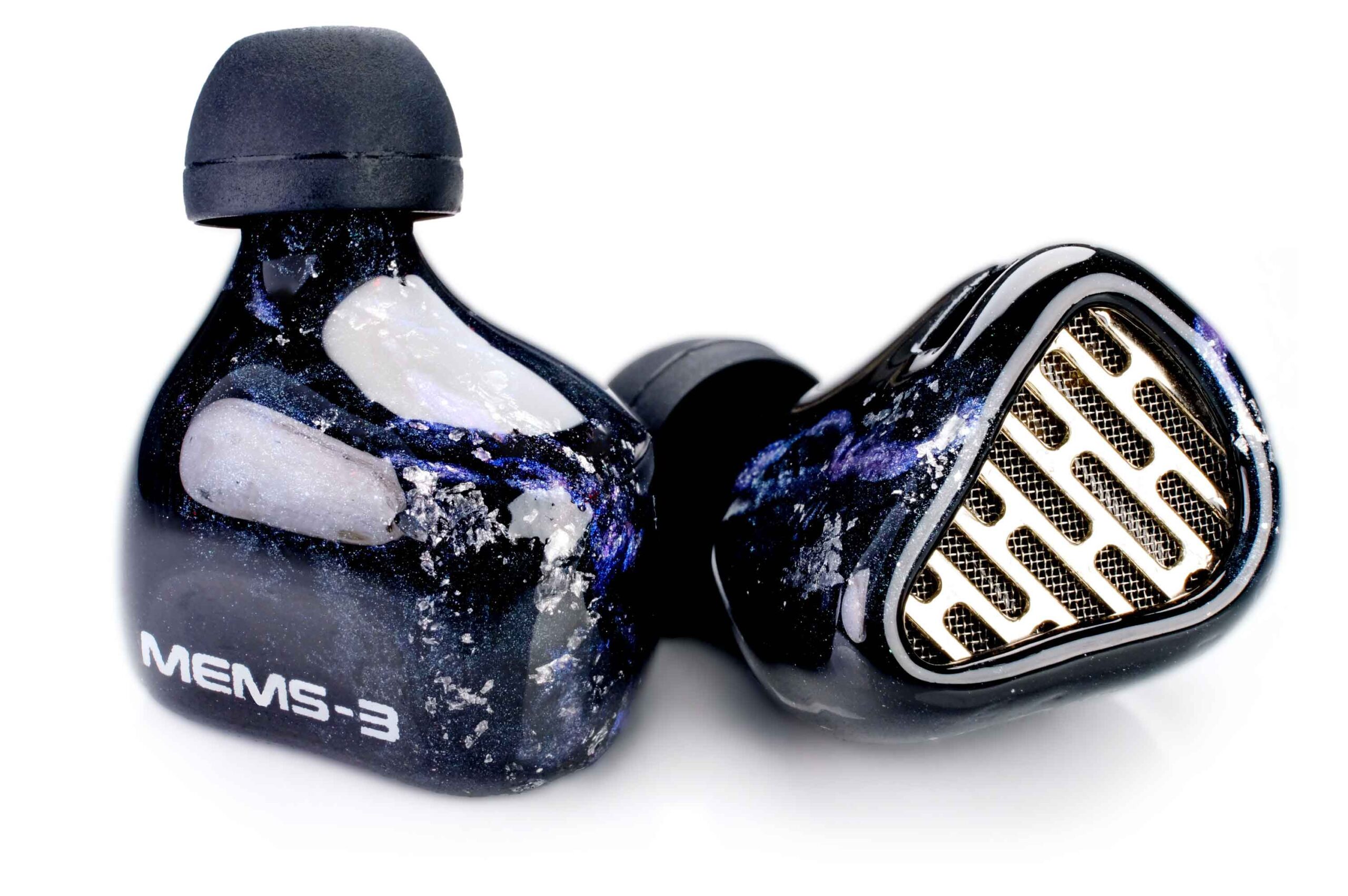
FULLY OPEN BACK SIGNATURE
Similar to Open-back headphones, Hybrid-MEMS-Ear-Speaker models can create more natural and expansive soundstage than conventional occluded IEMs. The open-back faceplates allow sound waves to escape and interact freely with the environment, preventing the trapped feeling that closed IEMs can sometimes create. The lack of a closed enclosure minimizes internal reflections and unnatural resonances within the sound chamber and the ear canal, produces a more natural and balanced sound compared to closed models which can sound more colored or distorted, providing a sense of spaciousness and depth in the audio presentation, as well as a very wide and spacious soundstage than any normal IEMs can.
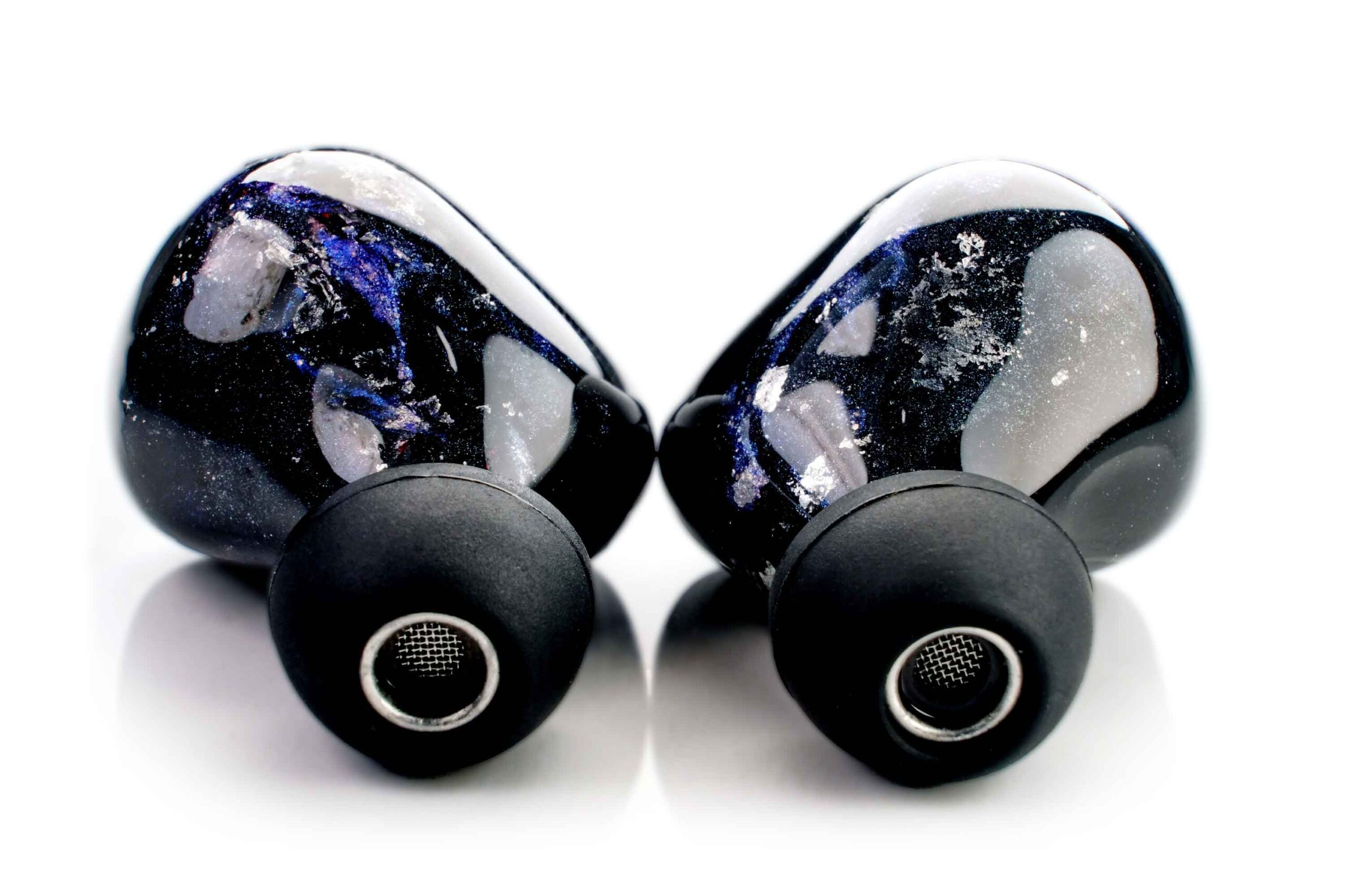
COMFORT
Open-back designs allow more air contact with the ear canals which reduces heat buildup and increases comfort during long listening sessions.
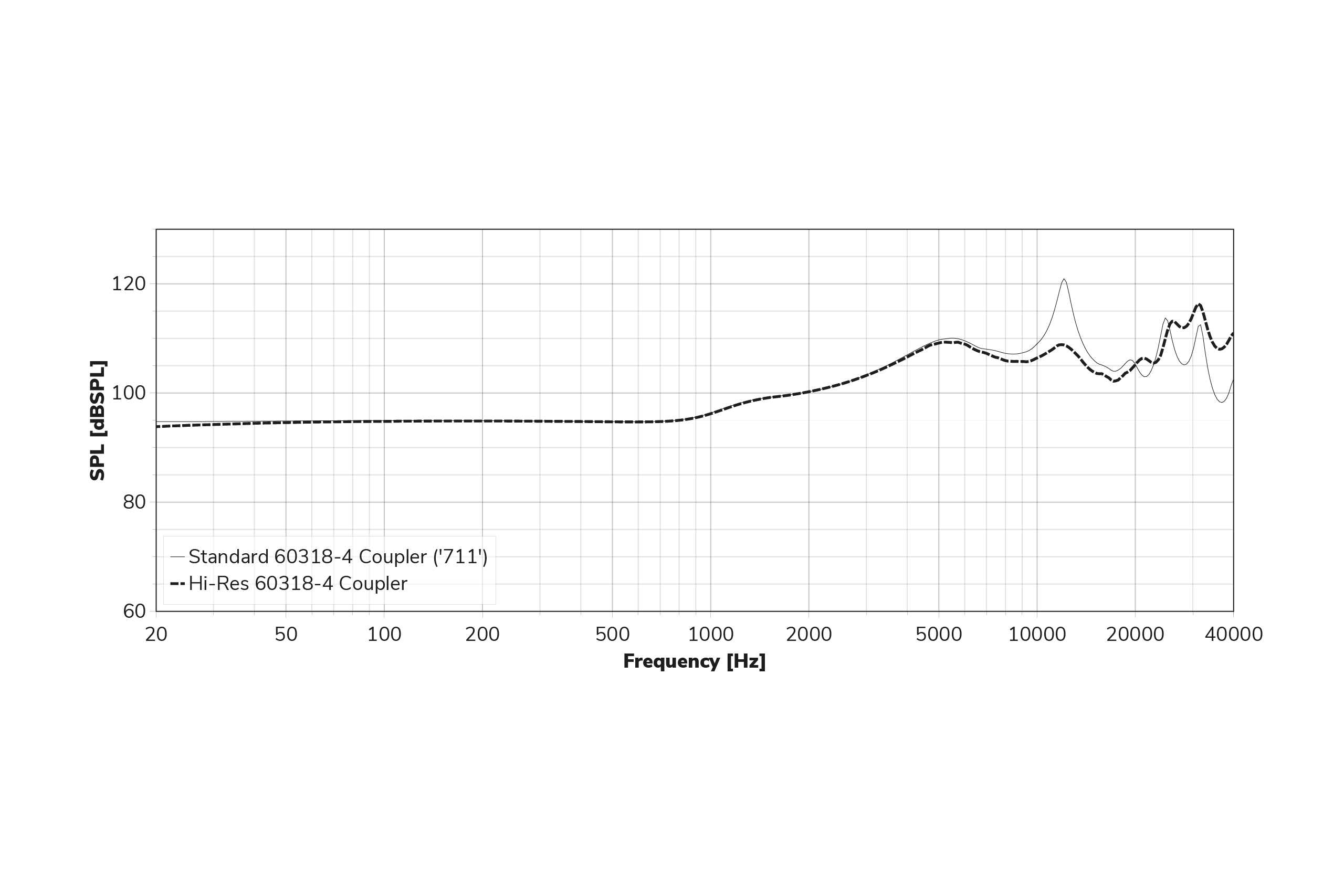
REALISM
The lightning-fast response of MEMS speakers captures even the most intricate details, with high frequencies’ extension reaching far beyond human hearing.
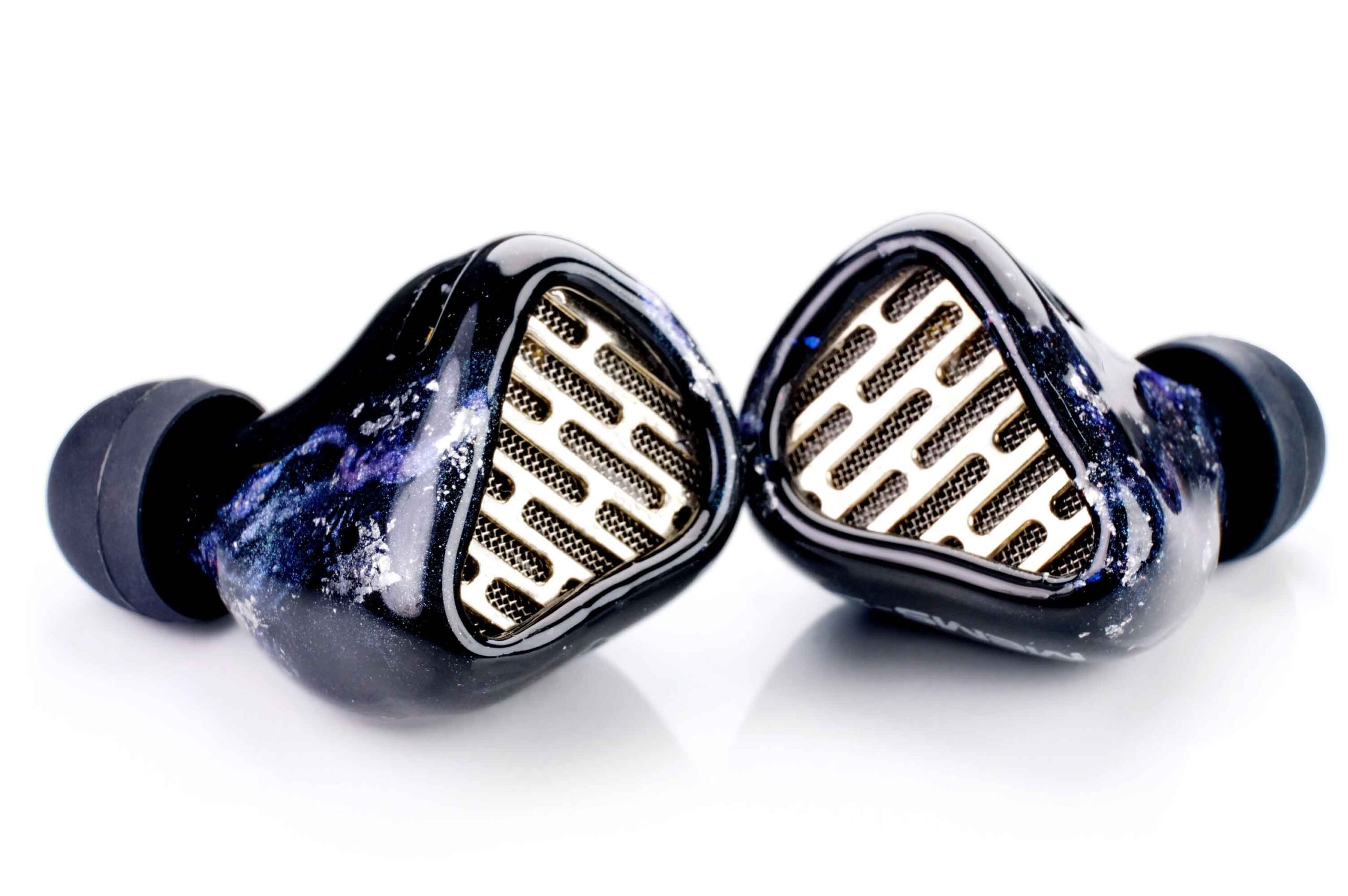
MEMS SPEAKER
Thanks to the advanced silicon fabrication process, MEMS microspeakers offer significant advantages in terms of size, energy efficiency, sound quality, and reliability. With their compact size and ultra-thin profiles, they are well-suited for space-constrained applications. They also deliver high-quality sound reproduction, thanks to precise movement and accurate frequency response.
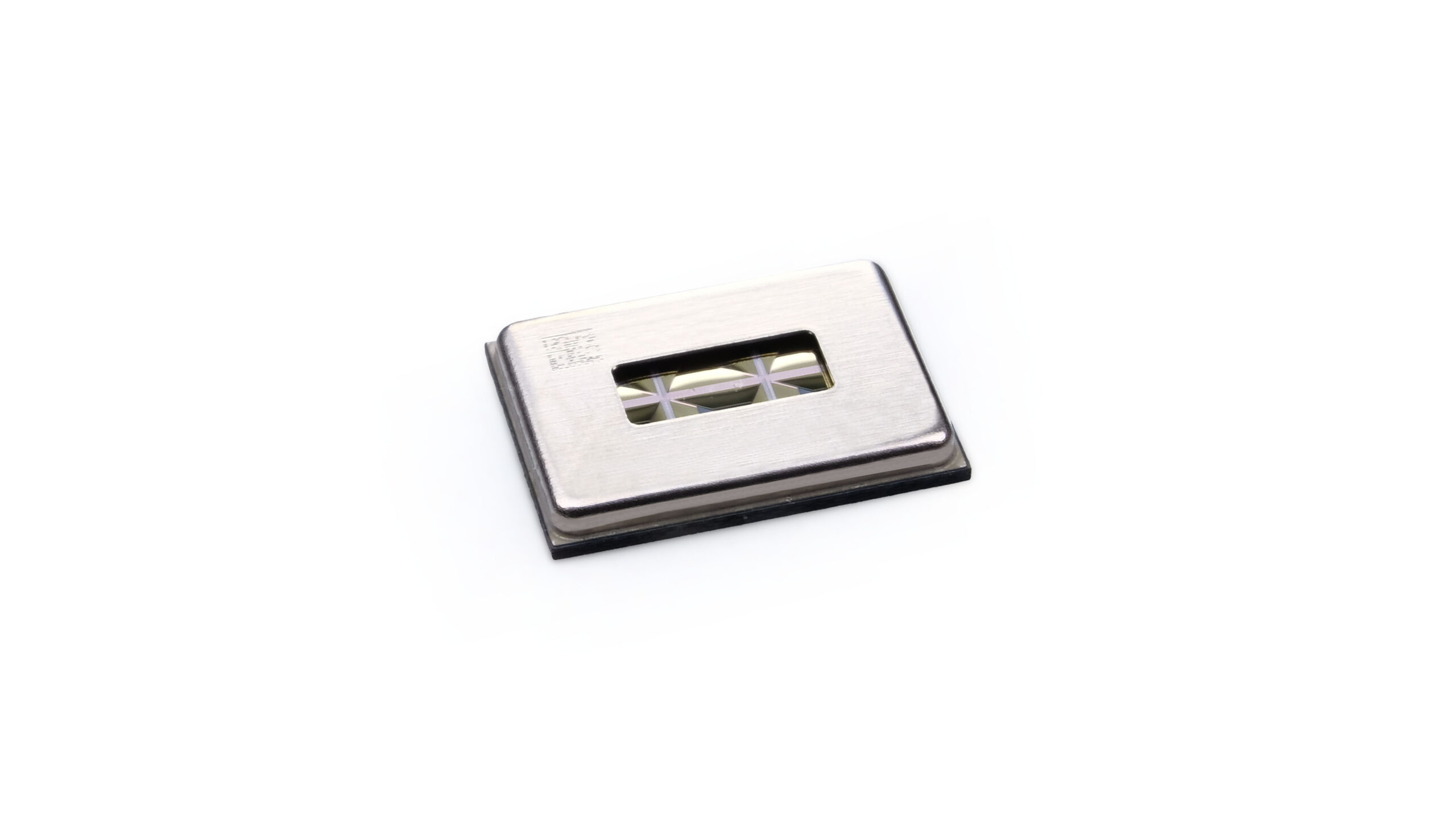
XMEMS
World’s first monolithic TRUE MEMS speakers, implementing the entire speaker in silicon.
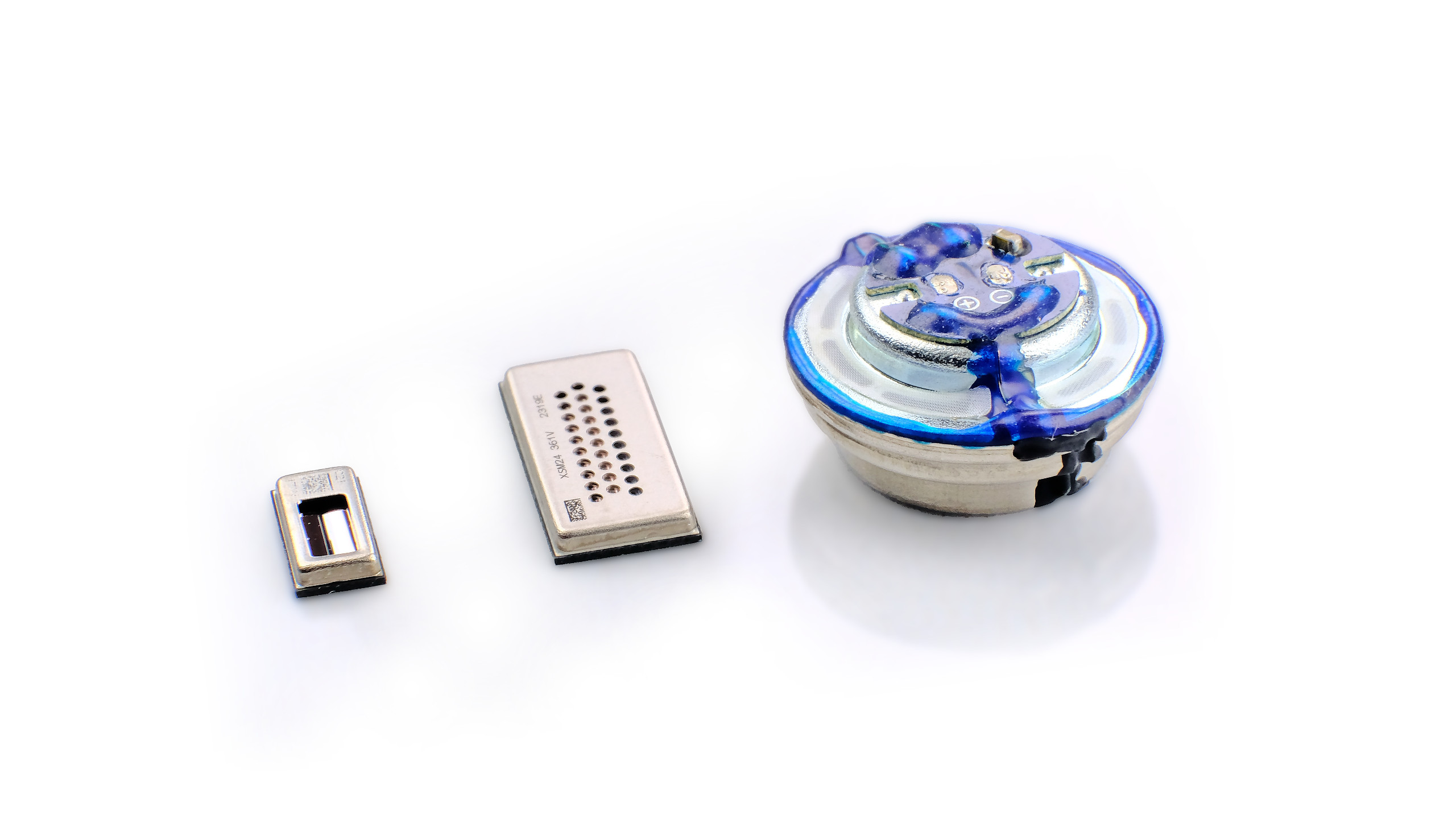
DYNAMIC
Get the best of both worlds with the combination of low frequencies from 2 electro-dynamic drivers, together with that of a full-ranged MEMS speakers. Bass slams hard yet controlled resembling the quality of planar drivers.
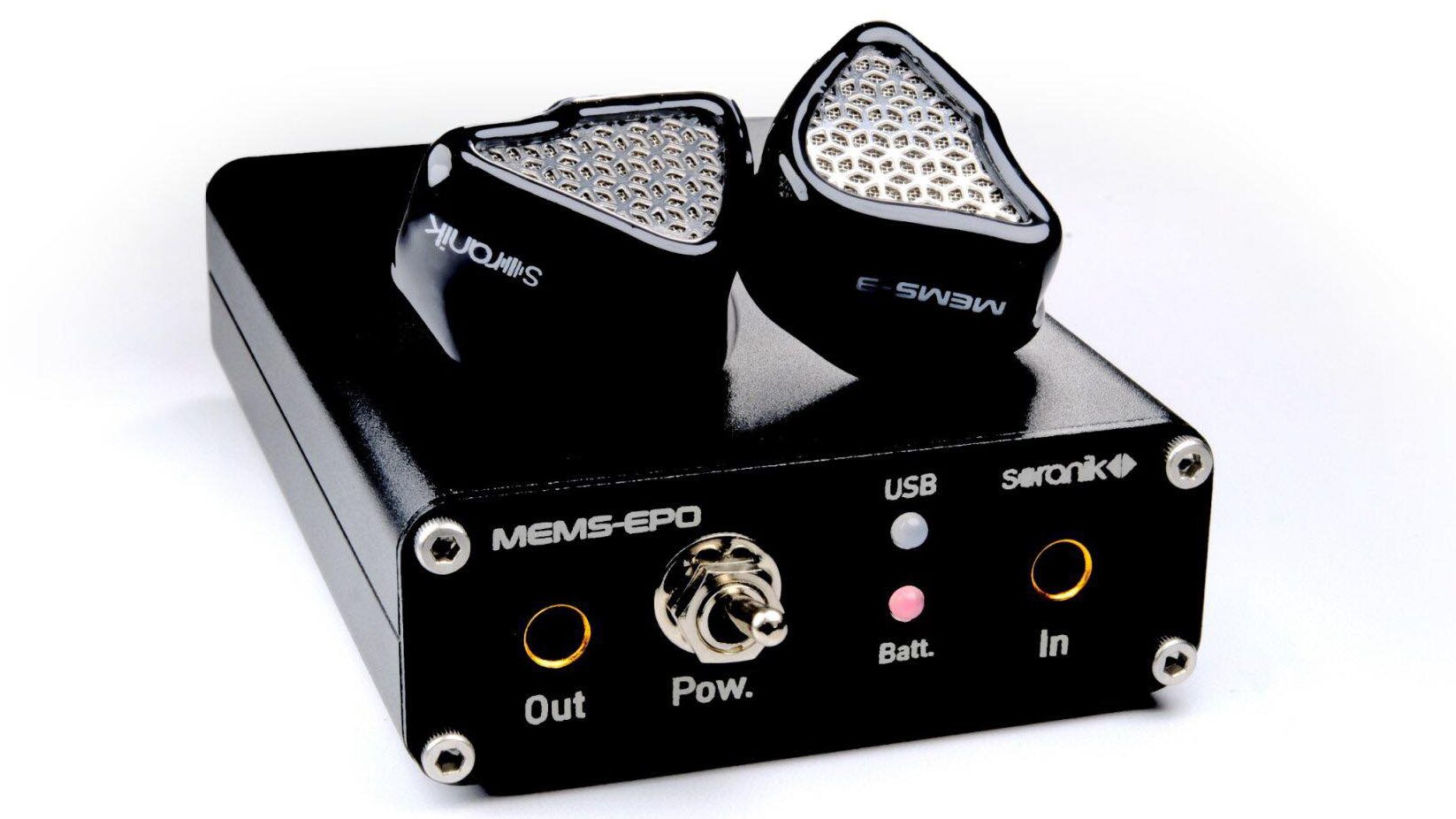
EXCLUSIVE ENERGIZER
Exclusively designed for MEMS to fully attain the expected sound quality truly worthy of MEMS speakers. Pocket sized portable form factor for easy carrying yet pack a serious punch inside.
2-PIN 0.78MM & 4.4MM
Unlike other MEMS based IEMs on the market have to rely on unconventional multi pin socket to be able to function both MEMS and traditional drivers properly, the MEMS-3 used unique technology developed by Soranik to combine both into 1 package, enabling the use of 2 pin 0.78mm & 4.4mm conventional connectors without any problem. Cable rolling with MEMS is as easy as with any IEMs out there!

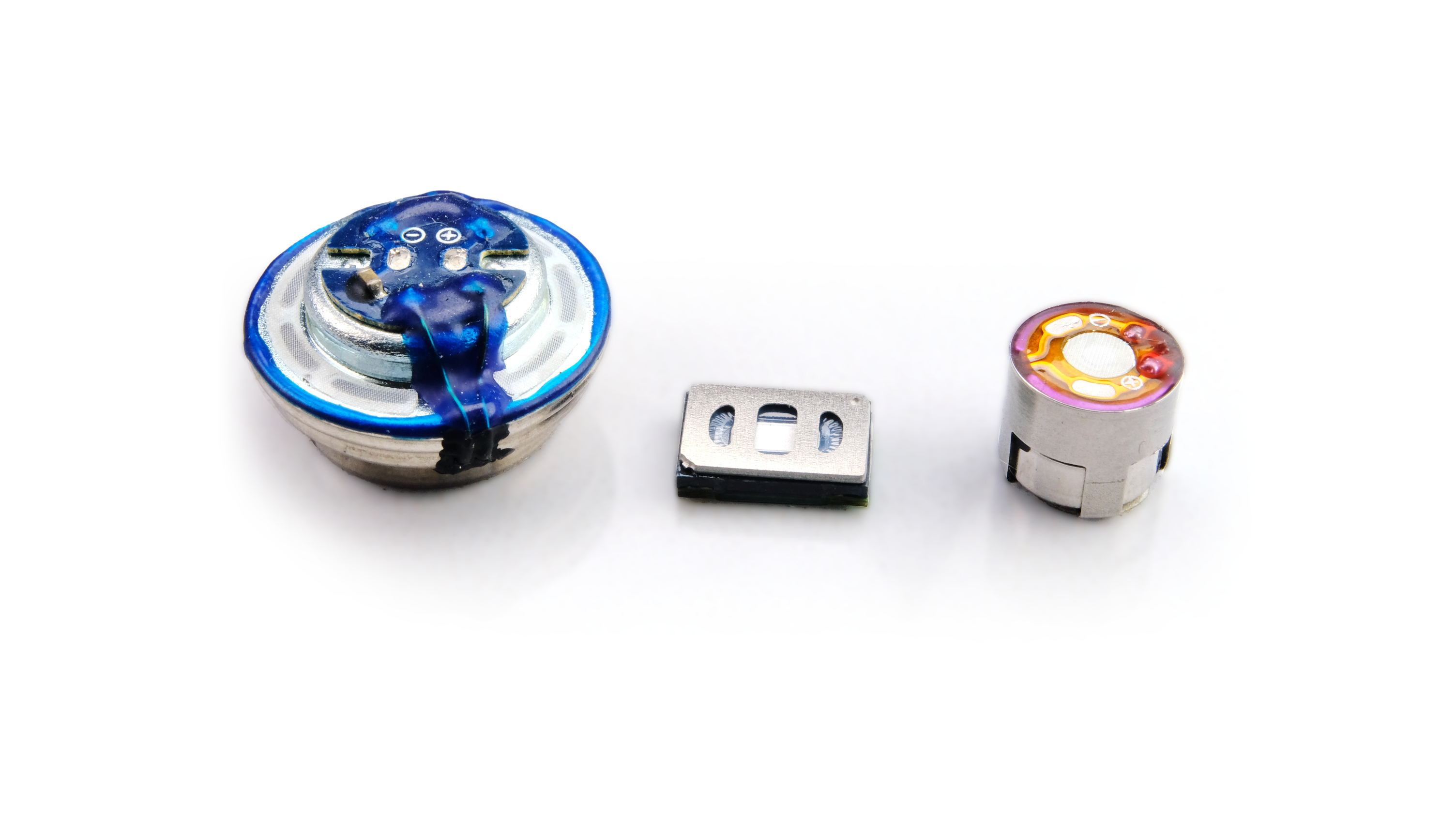
SPECIFICATIONS:
- 1x Full-ranged xMEMS microspeaker
- 1x Full-ranged Dynamic speaker
- 1x Sub-woofer Dynamic speaker
- 2 pin 0.78mm connector
- 3D printed ergonomic shells


